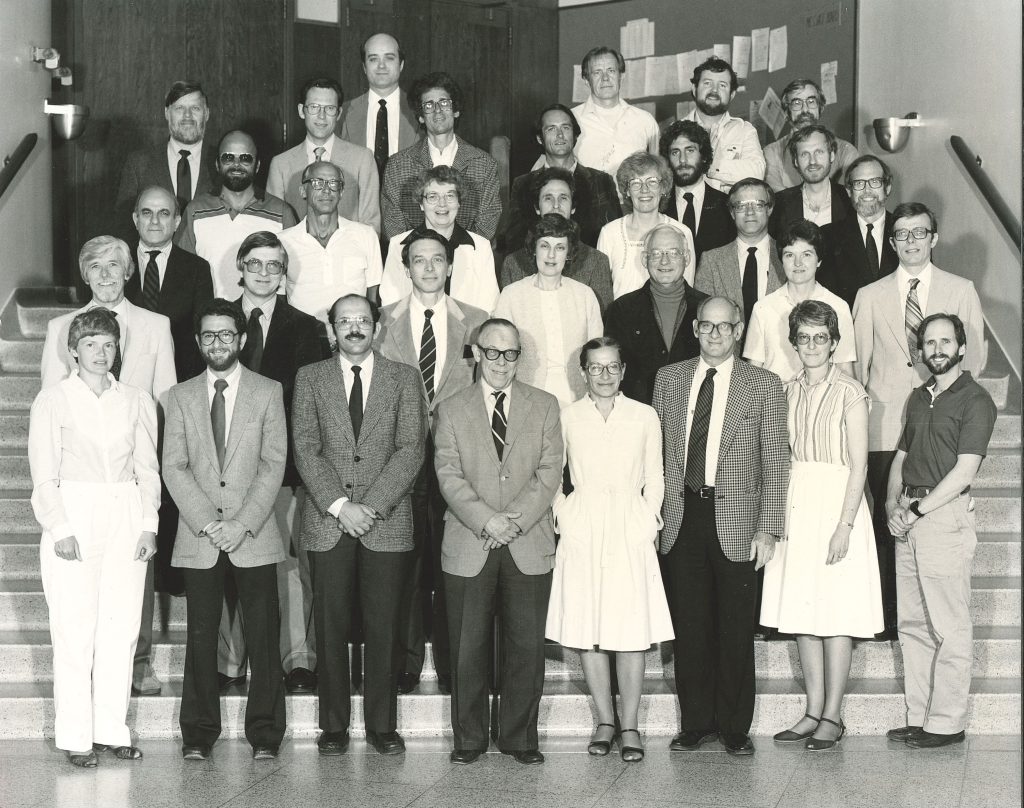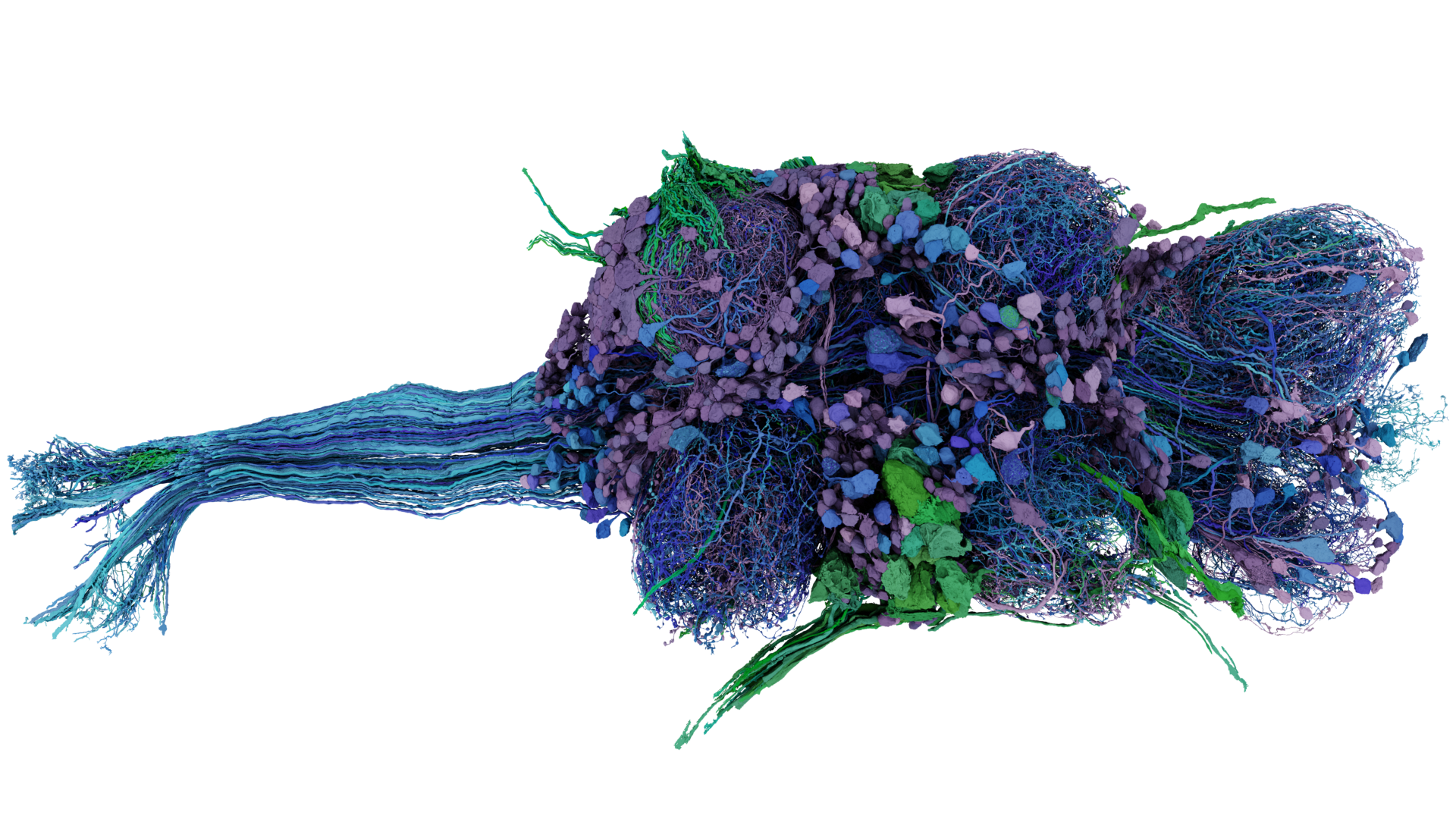July 7, 1940 – September 28, 2023

Peter Schwindt was an exceptional scientist who served the department from his graduate student days until he retired in 2000. Peter, with his long-term collaborator Wayne Crill and many trainees, performed pioneering studies using two-electrode voltage-clamp on spinal motoneurons in situ. Those studies provided fundamental insight into mechanisms that control the relation between a neuron’s synaptic input and its action potential output. Some notable highlights were the discovery of a low threshold, persistent calcium conductance that enables repetitive firing in motoneurons and multiple potassium conductances that control action potential firing rate. Later, Peter was one of the early developers of in vitro brain slice preparation, which he exploited to study the input-output functions of neocortical neurons. His work on the neocortex led to discovery of the persistent sodium conductance, and multiple potassium conductances, including the first discovery of a sodium-dependent potassium conductance, that controls spike frequency adaptation over multiple time scales.
Peter’s career had several distinct phases. He earned his first doctorate in engineering which led to a position in Boeing’s space program. Some years later he remarked at his pleasure that a satellite heat shield he had designed was still working properly up in space. After his brief stint as an aerospace engineer, Peter returned to graduate school in the department of Physiology & Biophysics, where he earned his second doctorate under the supervision of Bill Calvin in 1972. Following his postdoctoral studies with Wolfgang Precht at the Max-Planck Institute in Frankfurt, Germany, he returned to the Department of Physiology & Biophysics as a faculty member where he collaborated with Wayne Crill and rose through the ranks to full professor. After Peter and Wayne closed their lab, Peter briefly joined the Spain Lab, where he performed computational work on synaptic depression that resulted in a landmark paper which Chuck Stevens declared in a Nature News and Views article “…provided the first documented use for such plasticity…”.
In addition to his own scientific accomplishments, Peter was a valued mentor to many. He developed a course for our graduate students on the “Properties of Neurons” which became an essential component of the training that all of our students interested in neuronal electrical signaling and synaptic integration received. One grateful student (Guy Tribble), for whom Peter served as thesis advisor, endowed the Crill Professorship, now held by Dr. Beth Buffalo, Chair of the Department.
Following his retirement from UW, Peter immersed himself in local politics, serving as a councilman in the Shoreline District. In that role, Peter was instrumental in having the zoning laws changed to protect green spaces.
Peter was a gentle soul and generally avoided the limelight. His strong preference was to remain fixed to the bench, performing the experiments and collecting the data that his colleagues would enthusiastically present at national and international meetings. One memorable exception to this rule was Peter’s participation in a small satellite meeting of the Society for Neuroscience on the function of potassium channels. As one of the three keynote speakers, Peter gave a memorable talk on the properties of the potassium conductances that he had discovered in the principal neurons of neocortex. During his talk, Peter made a joke about A-currents that caused Eric Kandel to convulse in laughter so loud that it might have been measurable on the Richter scale.
Peter spent his later years visiting with his two adult sons, traveling, and hiking in the Sierra Mountains with his high school sweetheart.
-Bill Spain
More remembrances of Peter Schwindt from his PBio colleagues
“Peter admirably served as the intellectual link between the membrane biophysicists and the neurophysiologists within the department. To the former, he brought an appreciation for how the channel proteins that they studied shaped cellular behavior and to the latter, how the neural discharge that they recorded from neurons in the CNS was generated. He was an invaluable resource to a generation of our graduate students, postdoctoral fellows and his faculty colleagues. I cannot overstate the influence that he had on my development as a scientist.”
Dr. Marc Binder
“With Wayne Crill, Peter Schwindt, talented neurophysiologist, biophysicist, and experimentalist, was coauthor of at least 60 classic and highly cited papers starting in 1977 on the (novel) ionic currents that affect the excitability and firing, first of cat motoneurons in in situ, and then of neocortical neurons in slices. Peter had been a graduate student in our department. His PhD supervisor was William Calvin.”
Dr. Bertil Hille
“I have very good memories of Peter. He was smart, unassuming, technically outstanding, and a really nice bloke to be with.”
Dr. Steve Redman
“I was deeply saddened to receive the email upon returning from a fishing trip to Alaska, conveying the unfortunate news of the passing of our friend and esteemed colleague, Peter Schwindt. Peter played a pivotal role in leading the cellular neurophysiology research program within PBio. I have countless memories of visiting the Crill-Schwindt lab on the first floor to seek Peter’s guidance on intricate technical matters that demanded his vast expertise in the field. His readiness to engage in discussions and the profound wisdom he shared never failed to leave a lasting impression.
Dr. Albert Berger
The closure of their lab and Peter’s relocation to California, driven by his heart’s calling, left me with a profound sense of sadness. Peter was not only a repository of knowledge but also an individual of exceptional kindness and gentleness. His absence is deeply felt by all of us, and his memory continues to live on.”
“It was with much sadness that I heard of Peter’s passing…Peter was a kind and gentle soul, belying the gruff exterior he presented to most graduate students (and post-docs presenting data or writing to him). He was an outstanding mentor and fine human being. Whatever rigor creeped into my own work stemmed directly from his teachings and example…He will be missed.”
Dr. Bob Foehring
“Sorry to hear of his passing. [Peter] did indeed have an amazing grasp of cellular neurophysiology.”
Dr. Randy Powers
“I admired Peter’s hands on approach to scientific discovery. He exerted a great influence in my thinking.”
Dr. Felix Viana


